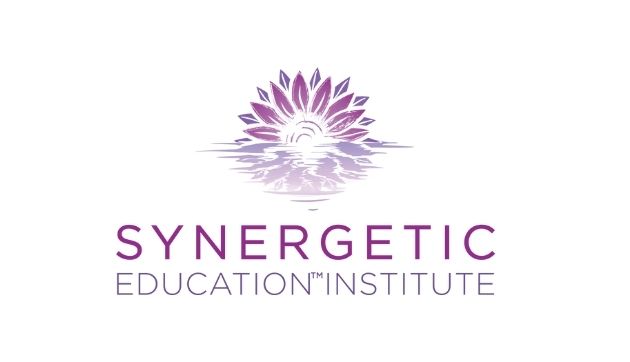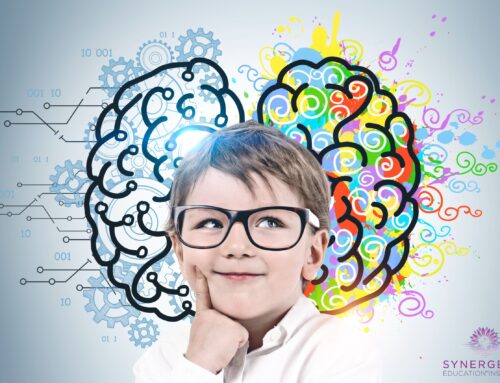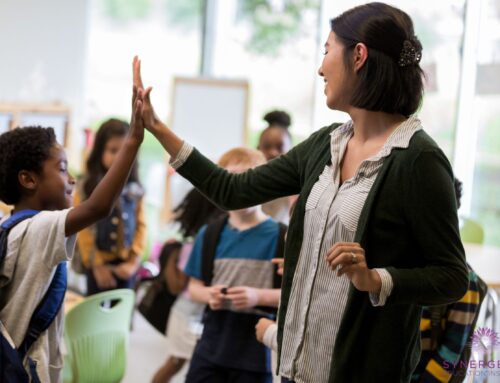By Judith Norman, MS, LSC, LPC, RPT-S
People often ask about the work I do and why we started the Synergetic Education Institute. Well, I’ve been on this journey for quite some time …
I’ve worked at the intersection of education and mental health for over 25 years, and at different levels of school functioning and in many different roles. As a school counselor, I supported students in schools; as a District-wide Social Emotional Learning (SEL) coach, I worked with adults across schools; as a play therapist, I worked with young people and families and consulted with schools and educators; and, as a consultant and supervisor, I worked with school-based and clinical mental health professionals.
Throughout my journey, I’ve made many mistakes … and I’ve learned a lot from them. In fact, as is usually the case, I learned more from my mistakes than from my successes.
For a very long time, I felt like I was swimming upstream, struggling to see the results I desired in supporting students and educators. Students would often make strides when working with me and then explode or collapse again back in the classroom. Why? … Students weren’t experiencing a sense of safety or belonging at school, and they didn’t have the skills to self-regulate. Adults and students alike were getting stuck in cycles of interacting that reinforced the negative views that students already had of themselves, resulting in feelings of blame and shame.
Thinking I was being helpful, and that it was my job to advocate on behalf of students, I’d share my insights with educators. Regardless of the “great ideas” I would share, they’d keep doing what didn’t seem to be working.
Why weren’t educators listening to me? I felt frustrated that they kept doing the same thing and that they were not, in my opinion, meeting the students where they were. Maybe I’m a slow learner, or maybe this is true for many of us…but it was a painful day when I realized I was actually a big part of the problem.
As I reflected upon my perceptions that 1) they kept doing the same thing expecting different results, and 2) they weren’t meeting students where they were, it struck me that I was talking about myself.
I was being a hypocrite … I was doing the same thing expecting different results. I was approaching educators without meeting them where they were. Educators were feeling blamed and shamed and I was exacerbating it! – I knew something had to change.
This led to a transformative shift!
The science supporting trauma-informed, social-emotional learning, and neurodivergent affirming approaches, teaches us the importance of understanding the current functioning and processing capabilities of our students. – This means understanding the context in which behaviors and experiences are occurring.
Simply put, when we meet students where they are at in the moment, there’s a match between expectations and capabilities. We can help students move through a challenging moment, thereby growing capacities and skills and creating options for change.
As I reflected upon what it was like to be an educator, I began to apply the same science to them as well.
Educators experience a lot of blame and “shoulds.” Neuroscience tells us that this is a recipe for dysregulation. Why? … Because it creates anxiety and stress when we can’t be ourselves. I came to see that my job was to meet the adults I was working with where they were, and to support educators in being themselves and feeling successful in their work in schools.
This started me on a quest for a different approach.
I dove into researching how schools moved through different stages of trauma-informed and social-emotional work, learning theory, and change. I pulled together different ideas from mental health and educational paradigms. My thinking started to shift, and more importantly, my practices changed.
My work started focusing on supporting authenticity and congruence, and meeting others where they were to support them in being themselves. By matching my role and type of support to others’ brain and body states, and levels of readiness, I was able to empower educators to find their own “right” way, which in turn allowed them to do the same with students.
To work with educators, and in schools, means not judging where someone might be on their journey. We all have our own next steps, and mine was a commitment to no longer being an obstacle for educators.
I will no longer be a part of the blame and shame that keeps us stuck in protective and defensive mindsets. One of my favorite quotes by Gabor Mate says, “Safety is not the absence of threat, it is the presence of connection. This guides our work at the Synergetic Education Institute. Grounded in neuroscience, and the science of connection – connection to others and connection to ourselves, our mission is to transform education by empowering educators and students.
And we’re doing just that! Thanks for joining us on this transformative journey!!
Judy
*Check out our trainings here and transform education with us!






